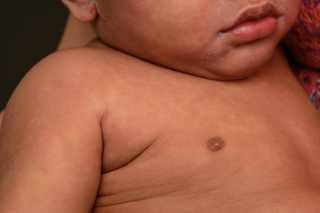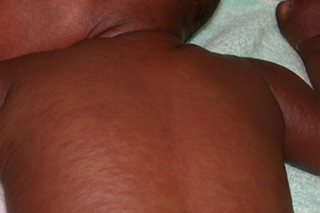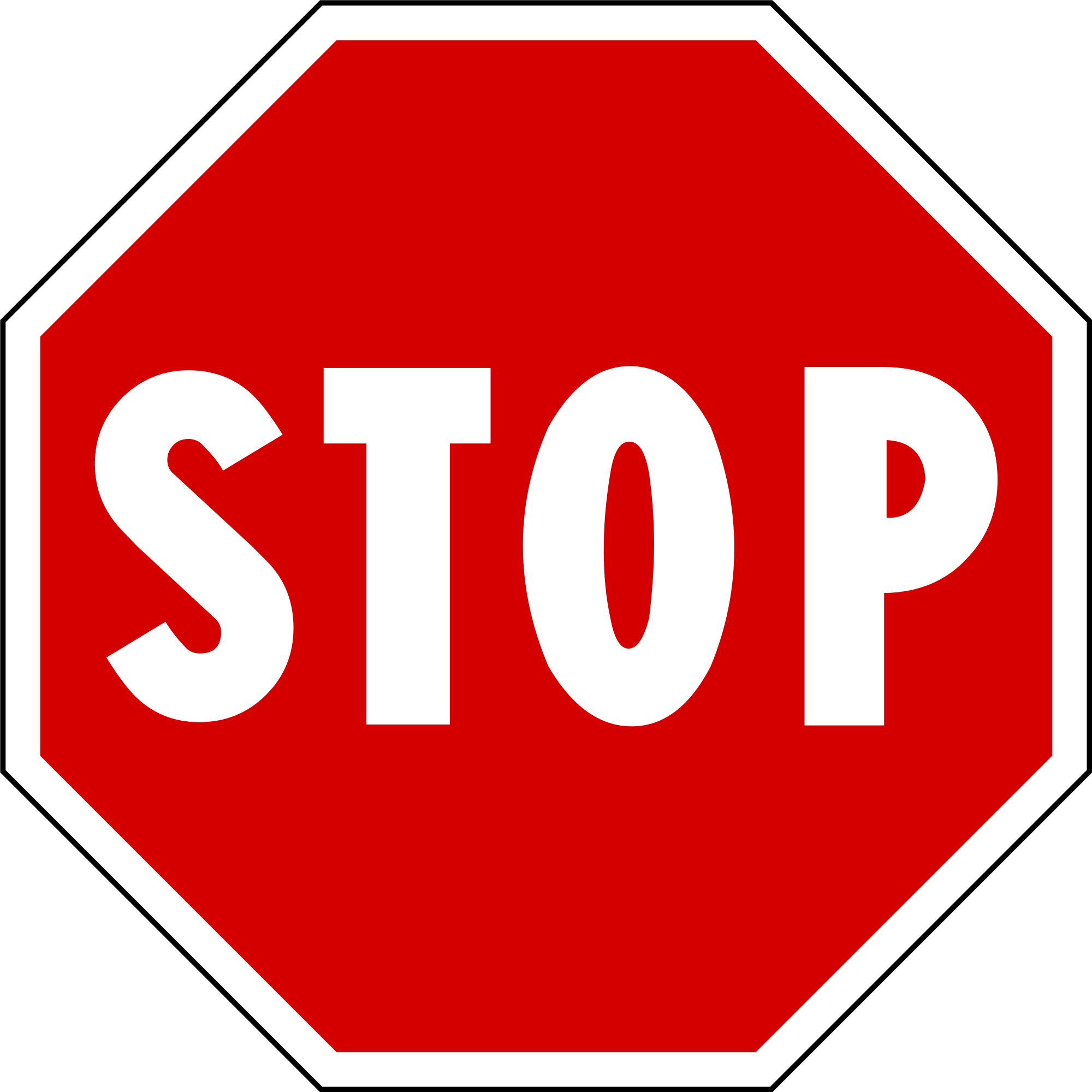Measles guidance for Community Pharmacists
Measles Is Currently Circulating – What Community Pharmacists and Their Teams Should Know
Measles is highly infectious to unvaccinated individuals there have been serious outbreaks occurring in various locations across England recently.
Symptoms of measles include: a widespread rash, a runny nose, red eyes, temperature, and a cough.
If anyone presents to you with symptoms of measles, ask them to contact their GP practice or 111 by telephone only (do not tell patients to walk in)
Measles can lead to complications including chest infection, ear infection, diarrhoea, fits and damage to the brain, particularly in vulnerable patients.
The best protection from measles is via 2 doses of MMR vaccine. Normally, this is given at 14 months old and again at 3 years 4 months. However, adults and older children can still be vaccinated at their GP practice if they haven’t already had 2 doses of MMR.
If you or your team have been in contact with a positive measles case, then you will be contacted by the local Health Protection Team.
Please consider displaying the attached poster in your pharmacy to increase awareness of measles symptoms. UKHSA_12624_Measles_poster_English-CH_01 WEB
For more information visit Measles – NHS (www.nhs.uk)
The first symptoms of measles include:
- a high temperature
- a runny or blocked nose
- sneezing
- a cough
- red, sore, watery eyes
Spots in the mouth

Small white spots may appear inside the cheeks and on the back of the lips a few days later. These spots usually last a few days.
The measles rash
A rash usually appears a few days after the cold-like symptoms.
The rash starts on the face and behind the ears before spreading to the rest of the body.


The spots of the measles rash are sometimes raised and join together to form blotchy patches. They’re not usually itchy.

The rash looks brown or red on white skin. It may be harder to see on brown and black skin.





